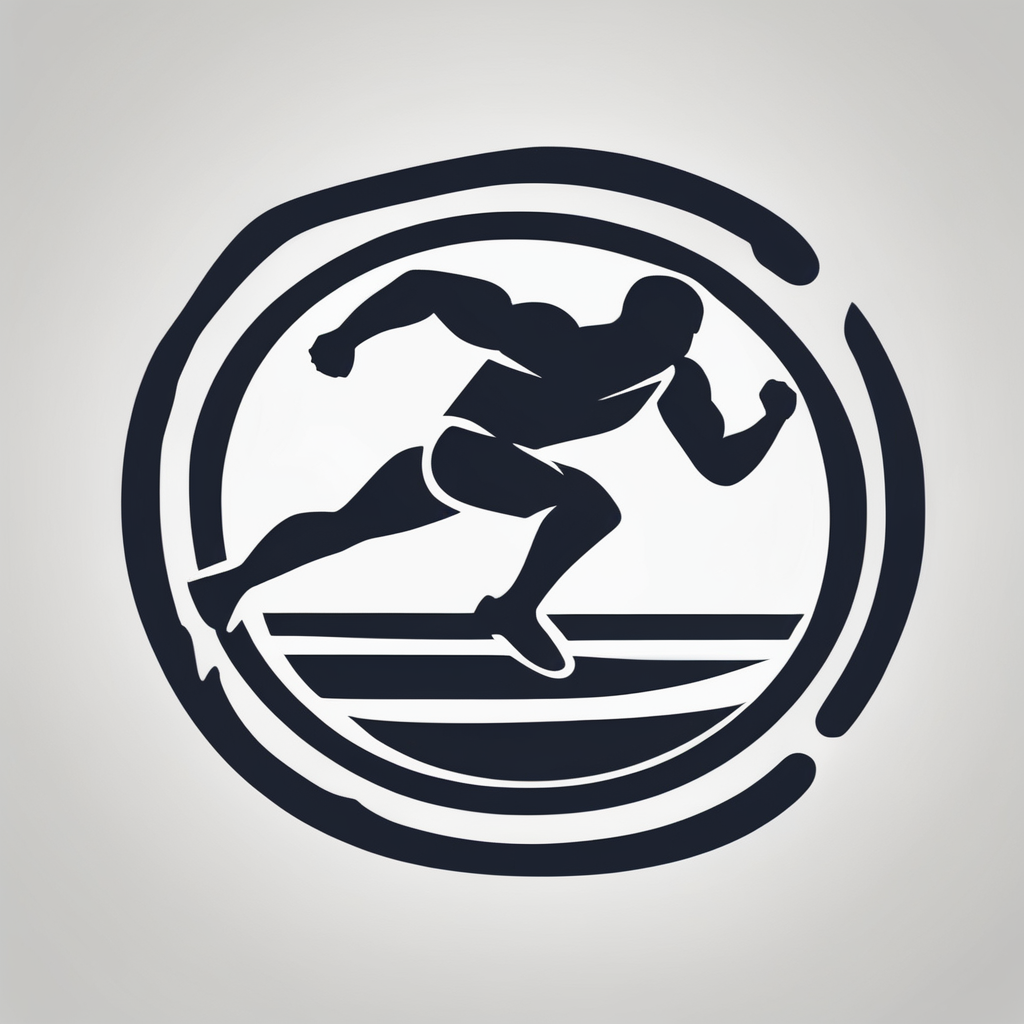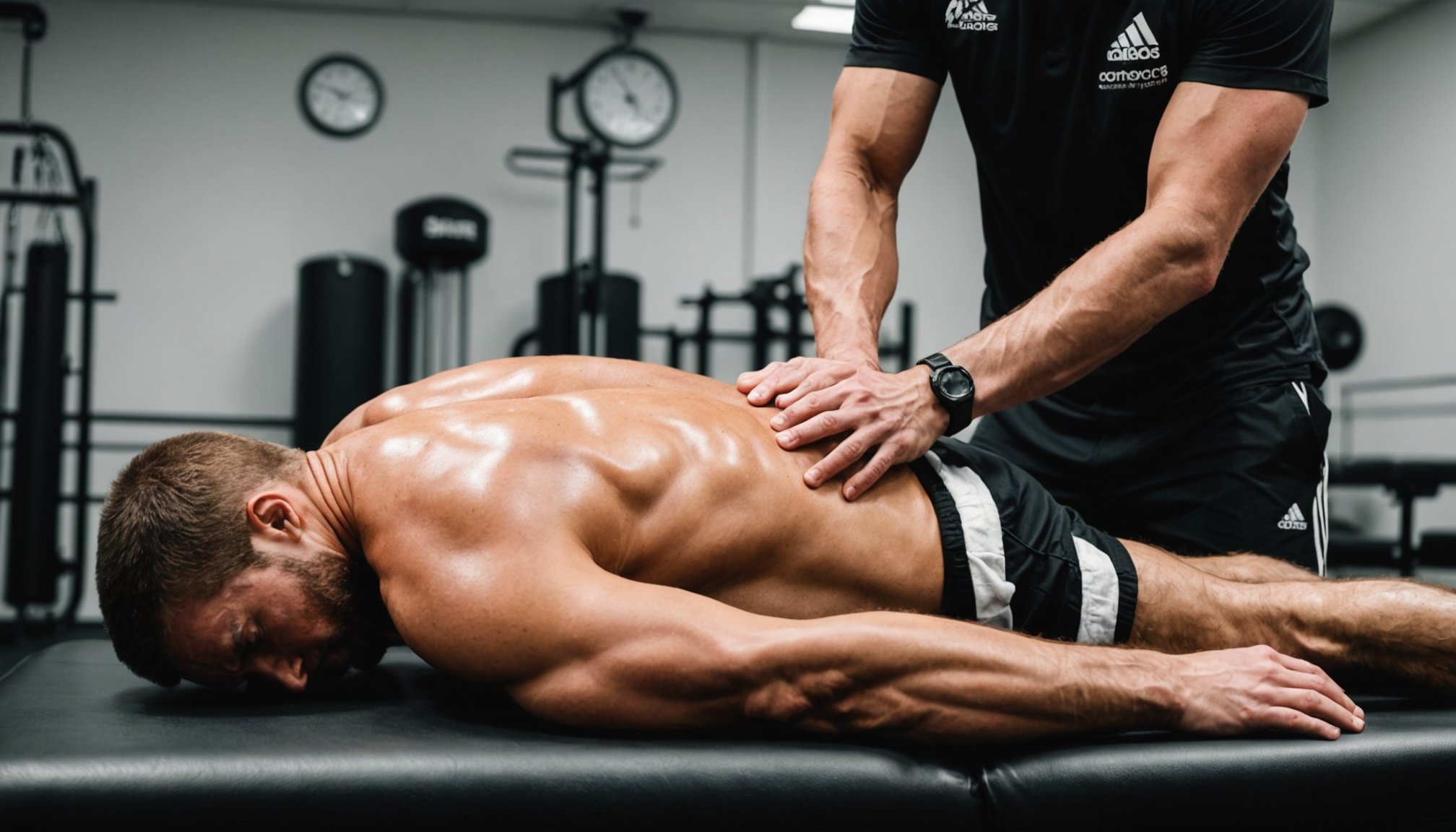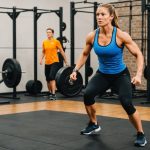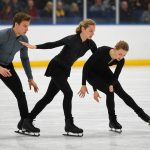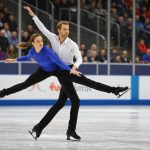Overview of Massage Therapy in Combat Sports
Massage therapy is a crucial element in enhancing athletic recovery for individuals engaged in combat sports. This therapeutic practice has a broad historical context, often utilized in sports to promote healing and improve performance. In the realm of combat sports, such as boxing, wrestling, and mixed martial arts, athletes undergo intense training which necessitates effective recovery strategies.
The importance of recovery cannot be overstated in these physically demanding disciplines. Athletes in combat sports face rigorous schedules, making massage therapy an essential component of their training regimens. It is designed to alleviate muscle tension, reduce stress, and prevent injury, all of which contribute to athletic recovery. By integrating regular massage therapy sessions, athletes can maintain peak performance levels and extend their careers.
Also to read : Elevate your karate skills: essential dynamic stretching methods for uk practitioners to unlock ultimate flexibility
Combat sports athletes employ various massage techniques tailored to their specific needs. These practices include sports-specific massages which target muscle groups heavily utilized in combat activities. Such targeted therapies help in maintaining flexibility, enhancing circulation, and accelerating tissue repair. Consequently, massage therapy is not only a luxury but a necessary tool for athletes striving to optimise their physical well-being and performance. Thus, understanding and utilizing the right massage techniques is vital for success in combat sports.
Massage Therapy Techniques Effective for Athletes
Before combat sports athletes leap into the ring, they often turn to different massage techniques aimed at optimizing their performance and recovery. Each technique serves unique purposes, and understanding these can enhance their effectiveness as part of recovery routines.
This might interest you : Maximizing athletic excellence: enhancing joint mobility for combat sports competitors in the uk
Swedish Massage
The Swedish massage stands as the quintessential technique used for relaxation and recovery. It utilizes a series of long, gliding strokes in the direction of blood returning to the heart. This approach is not only soothing but also effective in enhancing circulation and alleviating tension, foundational for overall recovery.
Deep Tissue Massage
In contrast, Deep tissue massage delves deeper into the muscle layers, targeting acute tension points. This method is particularly favored by combat athletes grappling with intense muscle strain from rigorous training. It focuses on realigning deeper muscle tissues and relieving chronic aches, providing a more intense form of recovery.
Trigger Point Therapy
Trigger point therapy zeros in on specific tight spots, known as trigger points, often causing referred pain. Combat athletes frequently use this technique to relieve pain and restore muscle functionality, crucial for maintaining performance. By understanding each massage type, athletes can choose the right therapy to fit their needs, enhancing both recovery and athletic performance.
Scientific Studies Supporting Massage Therapy
Scientific studies have consistently highlighted the benefits of massage therapy in enhancing athletic performance. Research reveals that incorporating massage therapy into training regimens substantially accelerates muscle recovery. One study documented in the Journal of Sports Sciences showed that athletes who received regular massages reported a measurable decrease in muscle soreness and inflammation. This effect is attributed to improved blood circulation and reduced muscle tension that massages induce.
The effectiveness of massage on muscle recovery extends beyond just easing physical discomfort. According to a report published in the Journal of Athletic Training, massage therapy can also significantly impact mental well-being, reducing anxiety and stress associated with intense training and competition. Athletes thus benefit from a psychological edge, staying focused and motivated.
Experts also point out that massage therapy facilitates the removal of metabolic waste, a crucial process for tissue repair and rejuvenation. For combat sports professionals, understanding these scientific underpinnings helps reinforce the role of massage therapy as a key recovery technique. These findings underscore the therapeutic value of massages not only as a physical remedy but also as a holistic approach that contributes to sustained athletic excellence and an optimised recovery routine.
Case Studies and Testimonials from UK Combat Athletes
Incorporating massage therapy into training routines of UK combat sports athletes has led to noteworthy improvements in both recovery and performance. Various case studies provide insights into the practical applications of massage in sports. For instance, a professional boxer from London reported enhanced muscle relaxation and reduced fatigue after weekly deep tissue massages, contributing to increased stamina during matches. This case highlights the tangible benefits massage therapy offers in improving athletic performance.
A mixed martial artist from Manchester shared a testimonial emphasizing the mental rejuvenation achieved through trigger point therapy. She noted that her focus and competitive edge improved significantly after regular sessions, showing how massage therapy extends beyond mere physical relaxation, influencing mental clarity and concentration.
Moreover, athlete testimonials frequently emphasize the holistic benefits of massage therapy, further supported by targeted studies. These narratives illustrate substantial performance enhancement, as athletes experience decreased muscle soreness and quicker recovery periods, allowing for more intensive training cycles.
Case studies and testimonials from these athletes validate the powerful impact of massage therapy in combat sports. By integrating massage into their recovery strategies, UK athletes achieve balanced physical and mental well-being, illustrating the transformative potential of this practice in enhancing sports performance.
Incorporating Massage Therapy into Recovery Routines
Combat sports athletes looking to optimize athletic recovery must carefully plan the integration of massage therapy into their routines. Establishing a balanced recovery routine is essential for maintaining peak performance.
Recommended Frequency and Timing
The ideal frequency of massage therapy varies among athletes, largely depending on competition schedules and training intensity. Therapists often recommend at least one session per week for optimal recovery. Consistency is key; scheduling massages either post-training or a day after intensive workouts can maximize benefits. This timing allows muscles to recover more efficiently, improving athletic performance.
Self-Massage Techniques
Beyond professional sessions, athletes can employ self-massage techniques to maintain muscle health. Tools like foam rollers and massage balls can help target specific muscle groups, enhancing flexibility and reducing tension. Self-massage is particularly useful for daily maintenance, ensuring that athletes remain in top condition between professional treatments.
Professional vs. Self-care Options
While self-massage is beneficial, professional therapy provides targeted, expert care that self-treatment cannot match. However, combining both methods can produce complementary benefits. For instance, utilizing professional sessions for deep tissue work and self-care for maintenance enables a holistic approach to recovery. This balanced strategy ensures comprehensive muscle recovery and overall well-being.
Conclusion and Future Directions for Research
The current understanding of massage therapy in combat sports highlights numerous benefits, yet there remain aspects requiring further exploration. As athletes continue to depend on massage for athletic recovery, identifying gaps in research is crucial for advancing knowledge. A comprehensive examination of the efficacy of specific massage techniques for different combat sports disciplines could provide in-depth insights. Research involving diverse athletic groups would be beneficial to determine the optimal recovery routines. This could lead to tailored programs that maximise recovery and enhance performance, benefiting not just combat athletes but all sports professionals.
Encouraging athletes to document and share their outcomes with massage therapy can facilitate community-driven research, offering invaluable data for developing effective practices. Collaborative research initiatives could explore potential innovations, like integrating technology with massage, to advance recovery methods further.
Athletes’ testimonies and case studies should continue to be documented, serving as a foundation for empirical studies. This real-world data is vital for bridging the gap between anecdotal evidence and scientific research. By fostering a culture of sharing and collaboration, the combat sports community can contribute significantly to the evolving landscape of massage therapy, shaping future practices and innovations.
